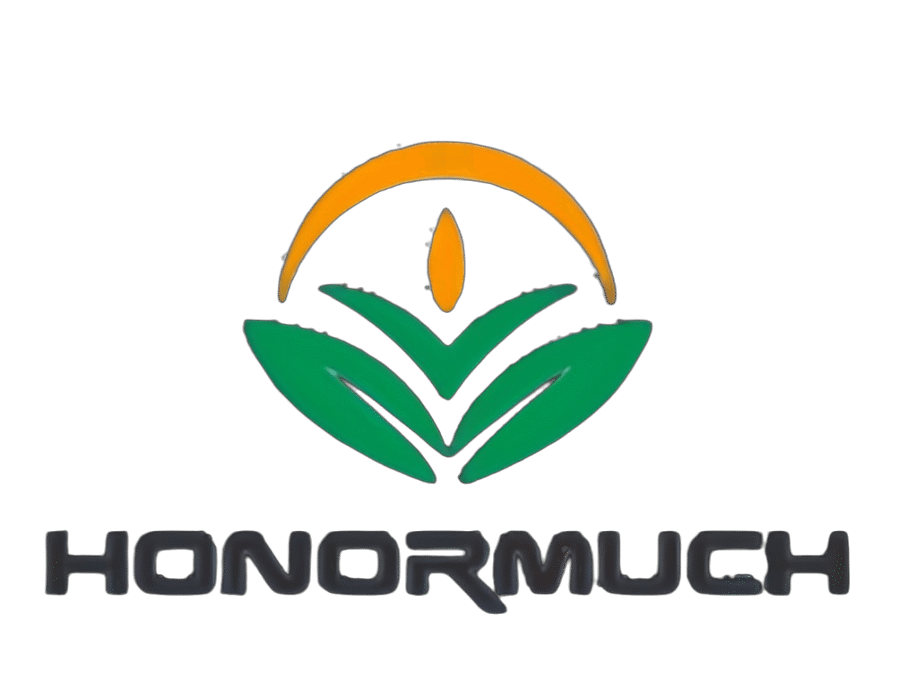Why can’t neutral silicone weather-resistant adhesive be made into transparent color?
Why can’t neutral silicone weather-resistant adhesive be made into transparent color?
The following are the main reasons why neutral silicone weathering adhesives are difficult to produce in high-quality transparent colors:
Curing Mechanism and Byproducts:
Acidic adhesives: Acetic acid is released during curing. Acetic acid is a volatile, low-molecular-weight substance that easily escapes from the colloid, leaving behind a relatively pure, transparent cross-linked silicone rubber network.
Neutral adhesives: Curing mechanisms primarily include dealcoholization and dealcoxime types.
Dealcoholization: Alcohols (such as methanol and ethanol) are released. Alcohols have a larger molecular weight than acetic acid and are relatively less volatile, making them more likely to remain in the colloid or react with it. Residual alcohols or reaction intermediates may cause the colloid to become turbid or slightly yellow.
Deketoxime: Ketone oximes (such as butanone oxime) are released. Ketone oximes themselves typically have a light yellow color, are larger in molecular weight, and are less volatile. Even a small amount of residual acetic acid can impart a distinct yellow tint to the transparent colloid, significantly affecting its transparency.
Crosslinkers and Catalysts:
Achieving a neutral cure requires specific crosslinkers (such as alkoxysilanes and ketoxime silanes) and catalysts (such as organotin and organotitanium compounds).
These raw materials themselves, or byproducts and complexes produced during the reaction, may be colored (especially ketoxime crosslinkers and certain organotin catalysts), or easily discolor due to oxidation. Finding a completely colorless and extremely stable combination is difficult and expensive.
The Impact of Fillers:
Silicone rubbers require fillers to enhance mechanical properties, reduce costs, and adjust rheological properties.
To achieve high transparency and avoid yellowing, filler purity, particle size, and refractive index matching are extremely high requirements. Commonly used materials such as silica and calcium carbonate are difficult to achieve completely colorless and perfectly match the refractive index of the silicone rubber matrix, and can easily cause light scattering, resulting in turbidity or slight haze.
High-purity, ultrafine, and perfectly surface-treated transparent fillers are very expensive.
Weathering and Yellowing Resistance Challenges:
Core Difficulty: Even if initial transparency is achieved, long-term weathering resistance, especially UV yellowing resistance, is often a significant challenge for neutral transparent adhesives.
Reason:
Residual ketoximes, alcohols, or catalysts are more susceptible to oxidation reactions under the influence of UV light and heat, producing colored substances.
Certain additives used to improve weathering resistance (such as UV absorbers and hindered amine light stabilizers) may also have a slight color or decompose and discolor over time.
Neutral adhesive systems may differ from acidic adhesives in the stability of certain chemical bonds, making them more susceptible to side reactions that cause discoloration under environmental factors.
Process Control Difficulty and Cost:
Producing truly high-quality, long-term stable neutral transparent silicone adhesives requires extremely stringent raw material purity (requires extremely high standards), production process control (such as a water- and oxygen-free environment), and formulation optimization (balancing transparency, cure speed, storage stability, and weathering resistance).
This results in production costs significantly higher than those of acidic transparent adhesives and standard-colored neutral adhesives. High prices limit its market adoption.
Summary:
Chemical limitations: Byproducts released during neutral curing (especially ketoximes) are inherently coloring and difficult to evaporate, fundamentally contributing to the inability to achieve high transparency or yellowing.
Difficult material selection: Combinations of crosslinkers, catalysts, and fillers that meet the requirements for neutral curing, high transparency, and long-term weathering resistance are scarce and expensive.
Poor long-term stability: UV resistance to yellowing is a technological barrier that neutral transparent adhesives struggle to overcome.
High cost: These high requirements result in production costs significantly higher than alternatives.
Therefore, in applications requiring a transparent sealant:
For indoor applications, applications that do not come into contact with metal or sensitive materials, and applications where long-term yellowing is less critical: Acidic transparent silicone adhesives are the most common and economical choice (be aware of their corrosive properties and odor).
For outdoor applications requiring extremely high long-term weathering resistance and yellowing resistance, and where the substrate is not susceptible to acid corrosion, high-performance (and expensive) acid-resistant transparent silicone adhesives or specially designed modified silane (MS) polymer transparent adhesives may be better choices.
For applications where a neutral adhesive must be used and transparency is required, there are a few transparent silicone adhesives on the market that claim to be neutral, but caution is advised when purchasing:
Carefully confirm the cure type (de-alcoholization is more likely to be transparent than de-ketoxime).
Request detailed long-term weathering resistance (especially yellowing resistance) test reports from the supplier.
Be aware of potential drawbacks (such as slight initial yellowing and a higher risk of long-term yellowing) and the relatively high price.
It is best to conduct small sample tests and observe the product over a long period of time.
